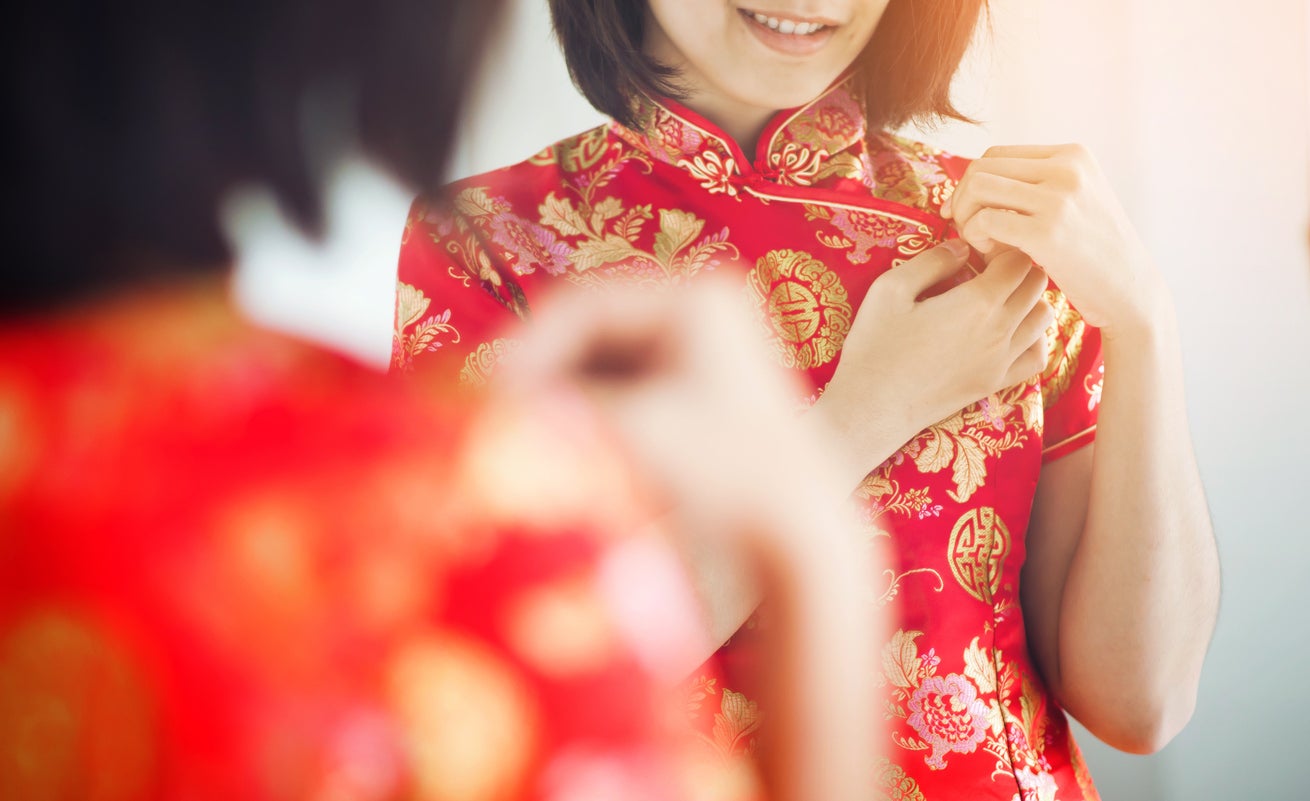Self-identifying 'woke' people, please don't use me as an excuse to bully an American teen wearing a Chinese prom dress
The qipao itself was intended to be a luxurious evening gown. Did Keziah not wear it for its intended purpose? If so, how was she being in any way, shape or form disrespectful?

This week, the ‘cultural appropriation’ row has been reignited by a high school teen wearing a Chinese-inspired dress at her prom. The Twitter user, a girl named Keziah who posted pictures of herself at prom with friends, has been flamed online by people saying that she had “no right” to put on the garment.
One user, Jeremy Lam, in a post that garnered more than 42,000 retweets and 178,000 likes, wrote: “My culture is NOT your goddamn prom dress.”
However, aside from one picture of her and Keziah’s friends doing an odd ‘prayer’ pose – which apparently was supposed to be a homage to the comedy YouTube channel H3H3 – I didn’t see anything amiss. In fact, I think that she looks quite lovely.
But apparently a large number of the Asian diaspora did see something amiss because, like Jeremy, they didn’t appreciate that she, as a white non-Chinese person, wore a qipao (Mandarin) or cheongsam (Cantonese). The phrase ‘cultural appropriation’ appeared frequently as discussion heated up around one girl’s choice of prom wear.
What I’ve seen from the replies to both of Jeremy and Keziah’s tweets is that many diaspora were bullied and ridiculed for being different as they were growing up in Western countries, and felt shamed out of expressing their cultural heritage. I acknowledge their hurt and I completely empathise.
However, I do not condone them saying that non-Chinese people cannot wear a qipao.
I grew up appearing racially ambiguous and experienced racism (being mocked for looking Asian, Arabic and so on) to varying degrees, simply because no one could really place my race.
But I don’t use my experiences as an excuse to bar people from enjoying my ancestors’ culture. In fact, I believe that the best way to combat racism and ‘otherness’ is to do the complete opposite.
Wear a puletasi to a formal event. Learn to make fai’ai. Get a full-blown malu (women’s tatau) or malofie (men’s tatau) if you think you can hack it. It’s a beautiful thing to see my largely unknown culture appreciated.
On top of being Samoan, I’m also part German, Dutch and British. But if you’re not white and you wear a plaid shirt or denim, I’m not going to rip it off you.
Besides, if you want to stop being ‘othered’ then the best way to go about it is to share. I’m a person. Like you. So I’d personally really appreciate not being tokenised so that non-white “woke” people and “white allies” can use me or anyone else as an excuse to be anti-white racists (and yes, you can be racist towards white people as racism is described as having prejudice towards someone specifically because of their race).
The word ‘tattoo’ is derived from ‘tatau’ and, as the story goes, a European mispronounced it when they first came across it. Ever since, it has been the word used to describe permanent markings made on the body throughout English-speaking countries and beyond. I honestly feel a sense of cultural pride that some Samoan culture has contributed to the English language. To see more of that in mainstream media would be very neat.
If cultural appropriation of the word tatau never happened, how would people have responded to non-Samoan people getting tattoos today? That would have probably ended up as something non-Samoans weren’t allowed to do, accompanied by demands to ‘stay in your lane’.
The qipao itself was culturally appropriated from Western figure-hugging dress designs as early as the 1920s, and was intended to be a luxurious evening gown. Did Keziah not wear it for its intended purpose? If so, how was she being in any way, shape or form disrespectful?
Personally, I think it’s deeply conservative to tell people what to wear, let alone what they can and can’t enjoy, based on their race or outward appearance. As someone who wants equality for all and for racism to end, I find it worrying to hear people discouraging the mixing and appreciation of other cultures. That mixing is actually the driving force towards acceptance and positive anti-racist change.
No culture is ‘pure’, as in completely removed from influences of other cultures around it. Humans have culturally appropriated ideas from each other since time immemorial. We in the West scoff our Pop Tarts (surely descended from the Cornish pasty? Don’t quote me on that!), use maths (which Arabs developed from the ideas of the ancient Greeks and Indians) and enjoy the comfort of electricity (which many different people from all backgrounds contributed towards harnessing) as we tap away on Twitter, quick to forget that what makes us great isn’t necessarily what makes us different; it’s the things we learn and share among each other despite being different.
In other words, what makes us great is cultural appropriation. To oppose it would be madness.
Join our commenting forum
Join thought-provoking conversations, follow other Independent readers and see their replies
Comments